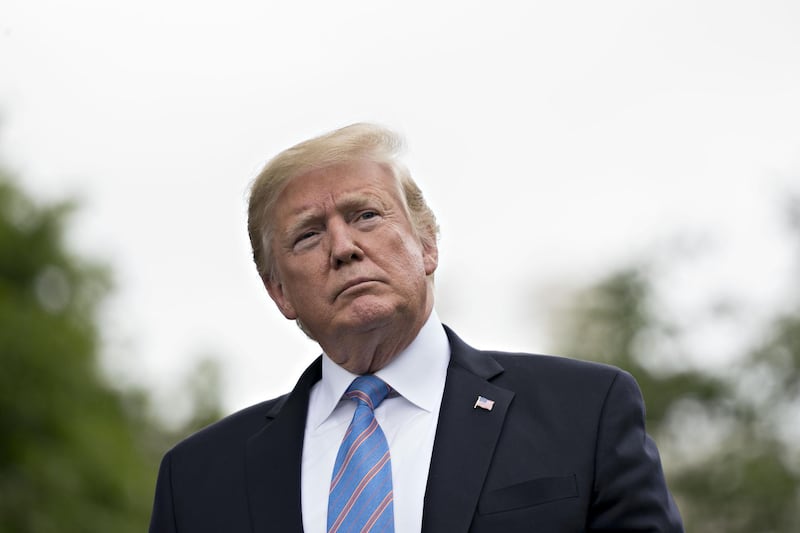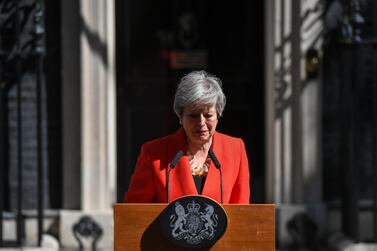The start of this month saw the euro, gold and other major currencies gaining as the US dollar lost steam. The EUR/USD pairing, for example, continued to tread water near its three-month highs, while gold further consolidated above 1300 levels.
Market perception has been rife that the US Federal Reserve will adopt a more dovish stance towards future US interest rates and this has been weighing down the greenback. It’s no surprise that President Donald Trump is unhappy with higher interest rates. He has signalled this on numerous occasions over the past two years. However, with more uncertainty playing out as a result of the global trade war, the Fed appears to be increasingly leaning towards lower rates.
Last week, Fed chairman Jerome Powell indicated US policymakers would be in a position to prop up a cooling US economy to mitigate ‘mounting risks’ from the ongoing trade dispute. I have noted previously the lag effect of the imposed Chinese tariffs – and this has been dragging the US data docket down for months now.
The most recent US nonfarm payrolls report showed that only 75,000 new jobs were added in the month of May, well below Wall Street’s expectations of a gain of 180,000. Both March and April’s prints were revised downwards – March from 189,000 to 153,000 while April was revised from 263,000 to 224,000.
While overall unemployment rates remain low, wage growth is slightly slower than expected at 3.1 per cent. Friday’s jobs report was just one more example of a slowing US economic data docket and this will only increase market perception that we may see a far more dovish Fed through the remainder of 2019.
The uncertainty around how the President proceeds with tariffs will be tied directly to this theme. The dollar sank as Mr Trump threatened tariffs on Mexico earlier in the month – dropping as low as 96.40 levels on the overall US Dollar Index. The trade war theme will only intensify in the lead up to the upcoming G20 summit taking place later this month, when China and the US will come face to face for talks. At present, the market is positioned that any unfavourable developments would pressure the Fed into a more dovish stance and ultimately weaken the dollar (earlier this month, markets priced in potentially two rate cuts by the Federal Open Market Committee this year).
The committee will convene again next week to announce their rate decision and provide more insight into how the US recovery is coming along. Expect a wait-and-watch approach, particularly with the G20 summit following just a few days later. This means markets could potentially expect to see cuts as early as July, the next time the Fed meets. While this is optimistic in my opinion, it remains to be seen how trade wars will ultimately pan out and as a result this could have mixed fortunes for the greenback in the immediate short-term.
Expect to see support coming into the US Dollar index at 96.40 levels while upsides would be capped below 98 levels in the month ahead. Along with the FOMC rate decision next week, I am keeping an eye out for some key US data points including US retail sales and industrial production figures due out this week, manufacturing and services PMI releasing the following week followed by the overall gross domestic product figures. Any lower than expected prints from these releases will ultimately weaken the dollar.
The euro has moved back above 1.13 levels against the greenback, largely because of this dollar weakness. The underlying themes have not changed in Europe – the European Central Bank still adopts a wait-and-watch approach, standing ready to deliver additional easing measures to boost a staggering EU recovery. Expect the euro to continue to range at the current levels due to my dollar outlook.
Finally, upside momentum picked up in gold. The precious metal moved to more than one-year highs as a result of this ensuing challenge to the dollar. Expect to see strong support to hold above 1300 followed by 1268 levels in the weeks ahead with upsides capped at 1380 levels.
Gaurav Kashyap is a market strategist at Equiti Global Markets. The views and opinions expressed in this article are those of the author and do not reflect the views of Equiti








